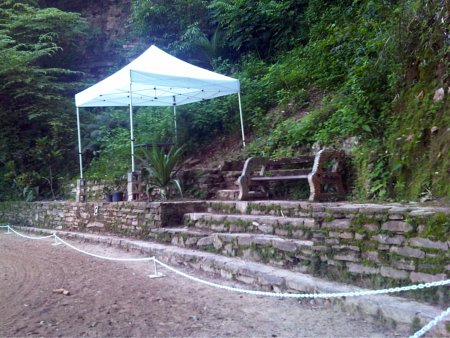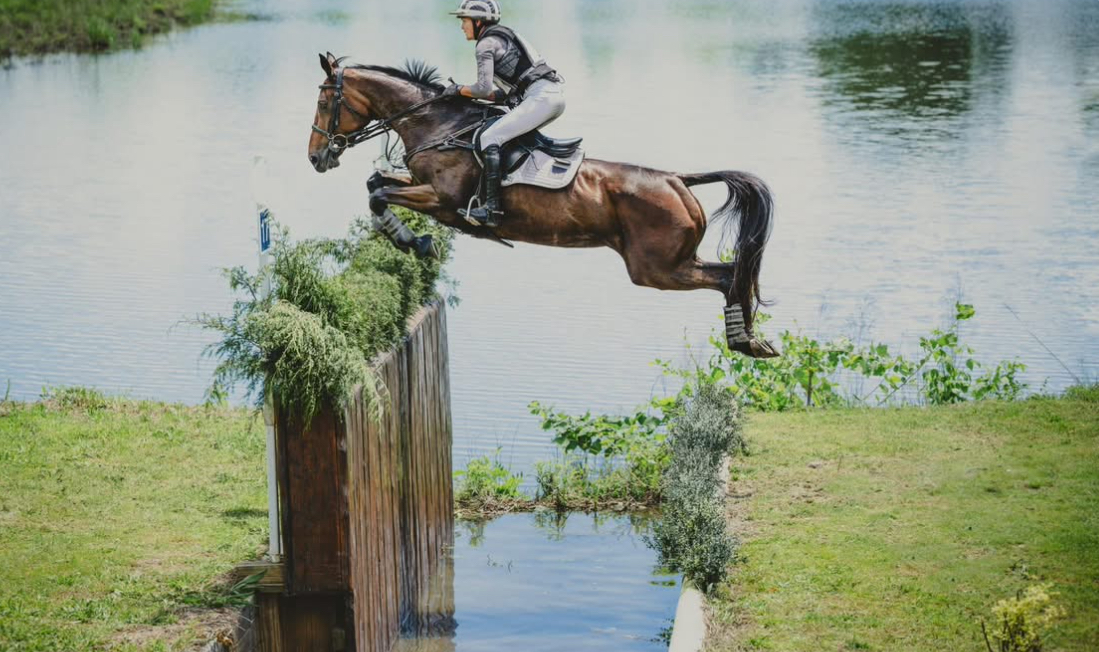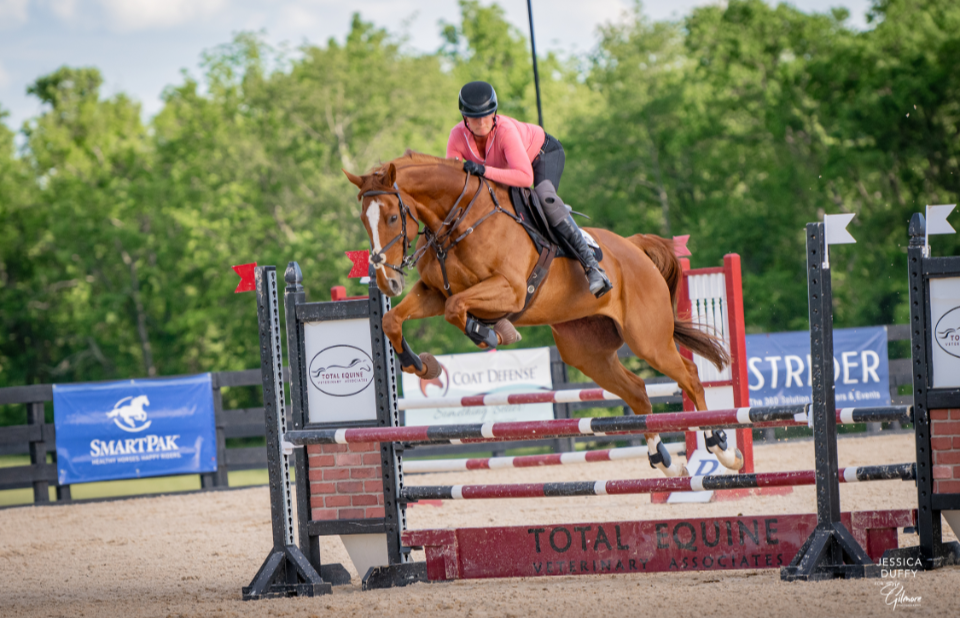This is the second post from our newest (and in my opinion best) guest blogger, Sally O’Connor. Sally wears many different hats in our sport, and keeps a travel schedule that would rival even the most savvy of jet setters, so we are very lucky to be following her on all her adventures. Thanks to Sally for writing, and as always, thank you for reading.
—-

Yes, the ring is literally built into the mountain
From Sally:
Horses will take you to the most unlikely places. Three years ago I was fortunate enough to be asked to judge an inter-Caribbean dressage competition. After visiting six islands and sitting out a hurricane in Antigua I wound up in Trinidad at the extreme eastern part of the Caribbean just seven miles off the Venezuelan coast. The island contains three high mountain ranges, myriad beaches and is covered in vast rain forests or “bush”. Once part of the British Empire it is now independent and thanks to the discovery of vast oil and gas reserves one of the more prosperous islands.
There is a keen racing population and about four hundred thoroughbreds are bred on the island annually with other horses imported from the United States. Those who do not make it on the track are available to a hard core of equestrian enthusiasts who struggle daily to be able to ride and compete in dressage and jumping. There are several inter island competitions with the judges being transported from island to island because of the difficulty of moving the horses. Even on the Island there are few horse trailers and five main stable complexes are hard pushed to get together for competitions. You really have to want to ride if you live in Trinidad.
Driving cars there is amazing. I am a brave person, after all I have ridden over the Rocky Mountains on horseback and thought nothing of it. I am not sure that I would be brave enough to drive in Trinidad. The roads to the stables are narrow, supposedly two lane with no shoulders and drainage ditches on both sides. Many times, sheer rock wall looms on one side and a yawning ravine on the other. Corkscrew turns are the norm. It is not unusual to look down out of the window and see two whole bends in the road below your car. To add to the excitement people park just about anywhere, on blind curves, alongside the houses and take up half the road. Meeting a bus or a truck makes you want to crawl up the wall. Cars stop in the middle of nowhere to pick up passengers or drop them off. Stray dogs, stray kids and people wander about on foot. Most of the roads have little roadside stands selling just about everything. It is not for the faint hearted.
One stable is approached by a steep road that goes up and up, and then just when you think the car might not make it, it gets steeper. If horses are driven here they have to get out and walk up for the last half mile as it is just too steep. Someone told me that their horse hates to get in the trailer. I am not surprised.
One of the stables is set behind a market garden nursery. You turn into a dirt track that winds through green houses and crosses a frail wooden bridge and after winding through the bush you arrive at the ring. No real turn out and no hacking. Just a ring in the rain forest. Another stable has a ring that has been literally carved out of the side of a mountain. One end has a sheer cliff above it and the other end a dramatic drop off to a ravine. You would not want to jump out of the end of the dressage arena. The stable goes by the name of Jericho When it was under construction there was a great landslide when half the cliff fell in and the “walls came tumbling down” Hidden Valley Stables is on a piece of flat ground but looks out over a very active quarry with dynamite blasting the rocks apart each day.
Stables are mostly built of concrete walls high enough to keep the horses in but open to the air and roofed in metal. Horses live on a diet of mixed feed and coarse grass cut by hand each day. They even eat Kudzu vines. Apparently this is highly nutritious and they prefer it to the grass. Maybe we could start a whole new feed industry here in the States using the acres of kudzu that are considered such a pest.
While they have been competing in dressage and jumping the Trinis are now convinced they want to take up eventing. One can always dream. A keen group has built several portable fences and they aim to cut trails for the track. Beyond the Northern range of mountains is a central plain and this is where they will plan the course. The ground is excellent, sandy and soft. The track twists through tree plantations and curves around through cashew trees, mango trees and island pines.

Getting horses fit would be a problem. While there is hacking on the mountain trails they are really steep. One would be happy to ride up but how about coming down again? The race track might be available to for gallops but the problem and expense of transport might make this a sometime project.
But where there’s a will there’s a way, and hey, if Jamaica can have a bobsled team, the Trinis can “go eventing.”






















